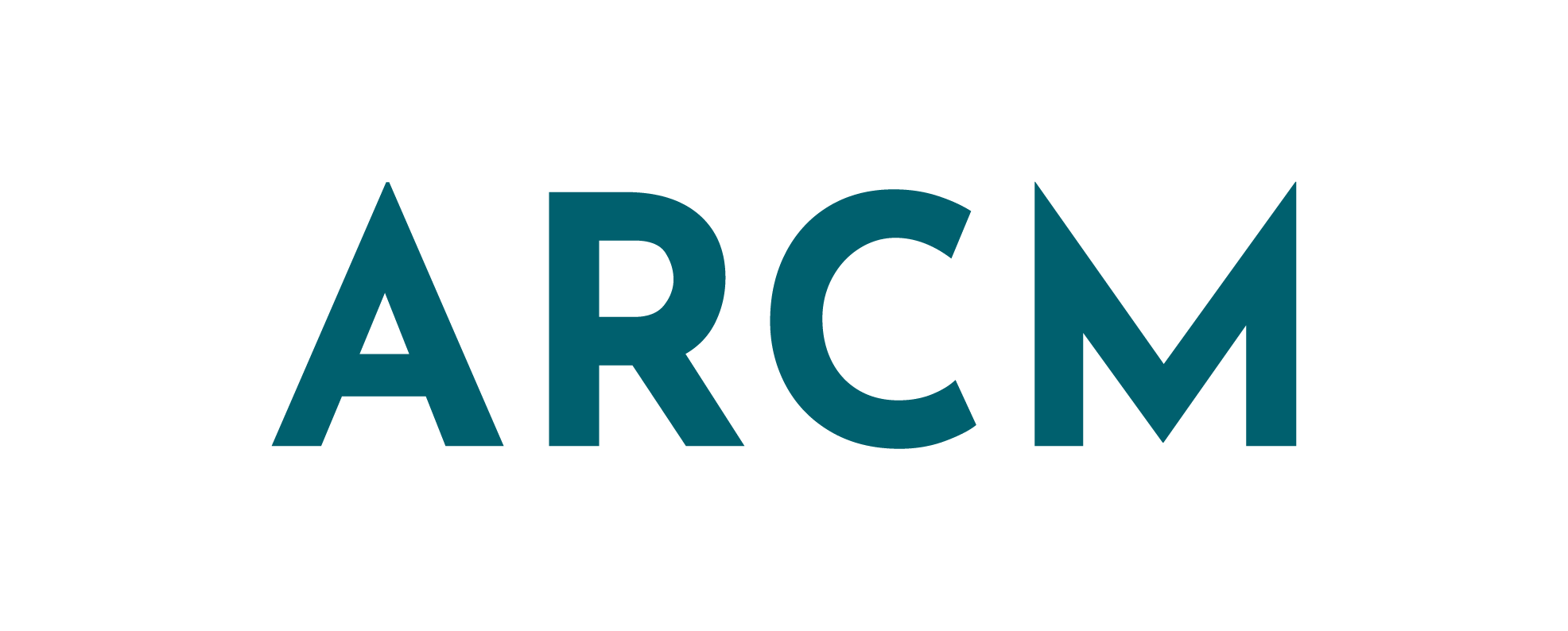SEO is a requirement for most businesses. But how (and why) is it different between B2B and B2C brands?
A lot of it has to do with the buying journey, how many people are involved in that decision, and how long it takes.
B2C brands have benefited from the always-on, instant gratification, and impulse purchasing way of buying we have moved towards. Now this means they need to be a lot present on more channels in order to fight to get the right audience for social media based selling. (tough break for marketers)
But with B2B brands, Google still wins out over social as the search engine of choice. So writing SEO content needs to be a priority. Today, we’re chatting about:
- The B2B buying journey (and its impact on SEO)
- Understanding search intent
- Playing the long game with content
- Writing content people-first
The B2B buying journey is a long one. Here’s what that means for SEO
When it comes to optimising your content for SEO, you need to consider two absolutely critical things:
- Who, in the buying journey, are you targeting?
- How far in the buying journey are they? (aka search intent)
Understanding the people involved
We need to ask “who” because when it comes to B2B, there are a lot of people involved in this decision. How many are involved will change with the size of the company you are targeting. The smaller the business, the fewer but more senior people will be involved. The larger the business, the more but fewer C-Suite people will be involved.
And this also changes how you need to target your content. And when you’re writing content clusters, it’s important to target all four levels outlined below.
This is why I think understanding customer profiles and personas is so vital for B2B. The roles and responsibilities of senior folks are different depending on the size of the organisation.
For example, a HR/People Manager in a really small company may have similar responsibilities to a HR Business Partner in an enterprise. When you are working with businesses, there are no blanket rules here.
What are people really looking for?
It’s important that you focus your efforts on particular types of search intent. I am fully aware that there are specific categories (particularly used by SEMrush), but I have a less technical system.
Let’s come back to that in a minute.
Need a hand reaching the right people with your content in 2024? Let’s have a chat over a cuppa.
Understanding B2B search intent
If you’ve been here a while, you’ll know by now that I have a system for everything. Am I the only person to have a system or categories for search intent? No, absolutely not. But I don’t like jargon. Technical mumbo jumbo can get in the bin.
Here is my four-stage system (categorisation?) for search intent:
- I want to know a thing (trivial/fact-based)
- Example: “What does LMS mean?”
- I want to understand/learn a thing (educational)
- Example: “Workplace learning stats 2022”
- WHY IS THIS HAPPENING TO ME? (panic/problem aware)
- Example: “Low learning engagement” / “How to improve learning engagement?”
- I know what’s wrong and now I just need a fix for it (solution-aware)
- Example: “LMS providers UK” or “Best learning systems UK”
This isn’t an exhaustive list of search intent, but it’s a pretty good place to start. This isn’t always a linear path either. So it’s important to target different areas.
Why you need to target each one
Targeting the first one can get you on people’s radar. They may have a mooch around your site to find out more. But equally, if a featured snippet will give them the answer, they’re not gunna click.
Targeting the second one is a great way to build backlinks and have people cite you for their own research and content.
The third and fourth ones are ideal for conversion-focused SEO. These are the areas to focus your cornerstone content on. Want to learn more about cornerstone content? Keep scrolling.
Playing the long game with content
If your strategy is filled solely with “quick wins”, pretty soon you’re going to lose. Content allows you to play the long game. You can gain backlinks through guest posting and resharing your blogs on other websites.
You can gain a reputation for thought leadership. You can target the same keywords year in year out with minimal changes to your content.
You can use it for lead generation, building expertise and authority.
The possibilities are virtually endless. But the content needs to be there first. And here’s the critical thing: there is no “right time” to start. You just need to do it. (If you want a hand with your content strategy, I recently
Writing people-first content
The Helpful Content Update in August 2022 (and the follow up September 2023 Helpful Content Update) caused a bit of a storm among both the writing and SEO communities online (Twitter, I’m looking at you).
So I just wanted to pop in to remind you that writing to answer people’s questions and help them on their way if more important than obsessing over keywords.
That said. It’s people first, keywords second. Not people only. So please do your research carefully.

